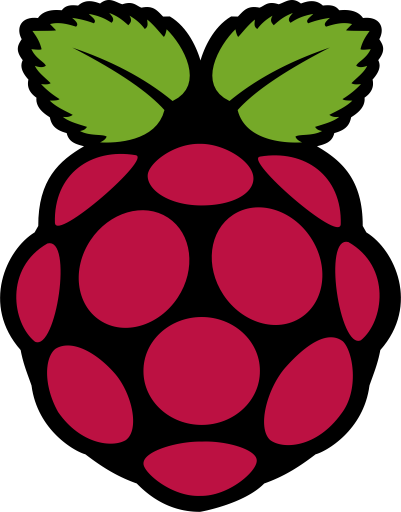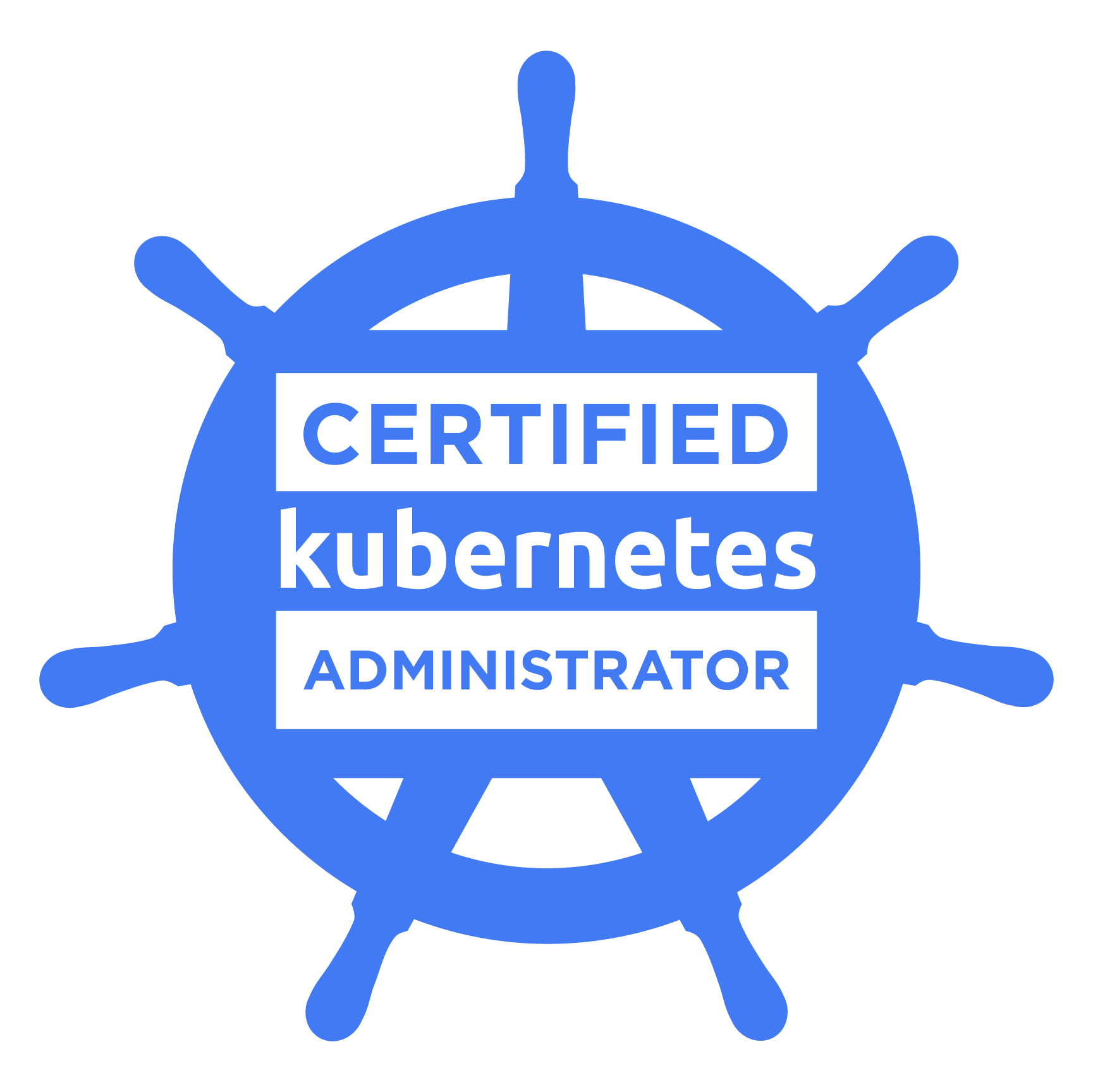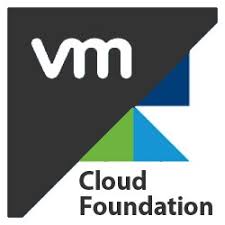 Written by Sam McGeown
on 9/3/2020
Written by Sam McGeown
on 9/3/2020
I love Raspbery Pis - I have done since they first released them, all the way up to the present iteration, the Raspberry Pi 4. They’re phenominal little bits of kit, endlessly hackable and because of their really low price, they open up computing to a huge number of people who otherwise wouldn’t get the opportunity.
One of the irritating things, though, about running Raspberry Pis is that they typically boot from an SD card. SD cards are notorious for having high attrition rates, especially if you’re reading/writing to them regularly. Running a Kubernetes cluster on my Raspberry Pis is especially hard on the SD card because you’re not only running the system’s read and writes, but you’re also running containers and their I/O on the card.
 Written by Sam McGeown
on 4/3/2020
Written by Sam McGeown
on 4/3/2020
TL;DR - the first 50 vExperts to sign up on
A few weeks ago, I entered a
 Written by Sam McGeown
on 28/2/2020
Written by Sam McGeown
on 28/2/2020
Since I started learning Kubernetes the Certified Kubernetes Administrator (CKA) exam has been a target for me, but it’s always seemed to be out of reach. The whole Kubernetes ecosystem is a vast and nebulous beast, with new projects rising to the fore all the time, and old projects fading from favour. The size and rapid development that make the field so interesting and powerful, are the same properties that make the learning curve so steep, and the entry bar so high.
 Written by Sam McGeown
on 28/2/2020
Written by Sam McGeown
on 28/2/2020
I’ve had the Certified Kubernetes Security Specialist exam booked for a long time - so long in fact that the exam voucher was due to expire at the end of January 2022! I figured I’d give it a go right at the start of January, work out how far off the mark I was and then aim to do the free retake before it expired at the end of the month.
 Written by Sam McGeown
on 24/1/2020
Written by Sam McGeown
on 24/1/2020
Up until recently I’ve been running a Windows Server Core VM with Active Directory, DNS and Certificate Services deployed to provide some core features in my home lab. However, I’ve also been conscious that running a lab on old hardware doesn’t exactly have much in the way of green credentials. So, in an effort to reduce my carbon footprint (and electricity bill) I’ve been looking for ways to shut down my lab when it’s not in use.
 Written by Sam McGeown
on 9/1/2020
Written by Sam McGeown
on 9/1/2020
I’ve posted previously about moving to Hugo as a publishing platform for this blog , this post is a bit more about how I’m managing the publishing using GitLab’s CI/CD Pipelines.
Firstly, I need to mention that I’m using three different repositories for my code base, and why. The three repositories are:
- definit-hugo - this contains the hugo site configuration
- definit-content - this contains the site content - markdown files, images etc
- definit-theme - this contains the VMware Clarity-based theme I use for my site
definit-content and definit-theme are git submodules in the definit-hugo project, mapped into the /content and /themes folders respectively. This allows me to keep the configuration, content and theme separate, and to manage them as separate entities. The aim is that the theme will eventually be in a position to be released, and I don’t want to have to extract it from my hugo code base later on.
 Written by Simon Eady
on 6/1/2020
Written by Simon Eady
on 6/1/2020
So it being 2020 now I thought it would be a pleasant exercise to quickly glance over the previous ten years and reflect a little. Before I even begin I will say I have never been happier in my career and work/life balance (which is always an on going effort to keep appropriate)
I am going to break it down in a yearly format and then summarize at the end.
 Written by Sam McGeown
on 30/9/2019
Written by Sam McGeown
on 30/9/2019
Autumn seems to be a time for the winds of change to blow through our industry, and this year that’s true for me.
TL;DR - I’m leaving VMware PSO to join the Cloud Management Business Unit as a Technical Marketing Manager for Cloud Automation!
It’s been a little over two years since I joined VMware as a Senior Conusltant in the EMEA NSX Practice, and in that time I’ve enjoyed some great opportunities, worked with some great people and technologies. And I’ve learned a lot since taking on my first NSX-T design just days after joining. But, as I
 Written by Sam McGeown
on 2/8/2019
Written by Sam McGeown
on 2/8/2019
I run quite a few applications in Docker as part of my home network - there’s a small selection below, but at any one time there might be 10-15 more apps I’m playing around with:
- plex - Streaming media server
- unifi - Ubiquiti Network Controller
- homebridge - Apple Homekit compatible smart home integration
- influxdb - Open source time series database
- grafana - Data visualization & Monitoring
- pihole - internet tracking and ad blocker
- vault - Hashicorp secret management
Until recently a single PhotonOS VM with Docker was all I needed to run - everything shared the same host IP, stored it’s configuration locally or on an NFS mount and generally ran fine. However, my wife and kids have become more dependant on plex, and homebridge (which I use to control the air conditioning in my house), and if they’re down, it’s a problem. So, I embarked on a little project to provide some better availability, and learn a little in the process.
 Written by Simon Eady
on 29/7/2019
Written by Simon Eady
on 29/7/2019
I have been working with VMware Cloud Foundation recently and while for the most part things went well there were occasions where challenges were encountered which made the delivery to the customer all the more trickier than expected.
This article is a list of observations and things to most definitely check or watch out for when delivering a VCF project.
We were working with VCF version 3.7.2 (yes I am aware 3.8 has arrived but that was too late for the delivery in this project)
